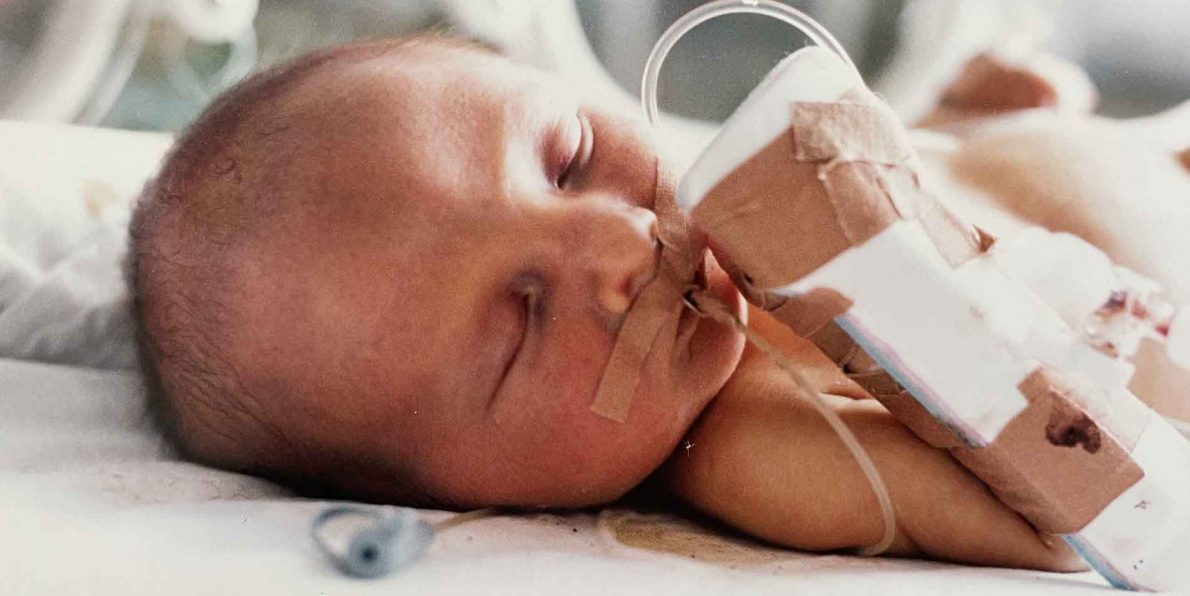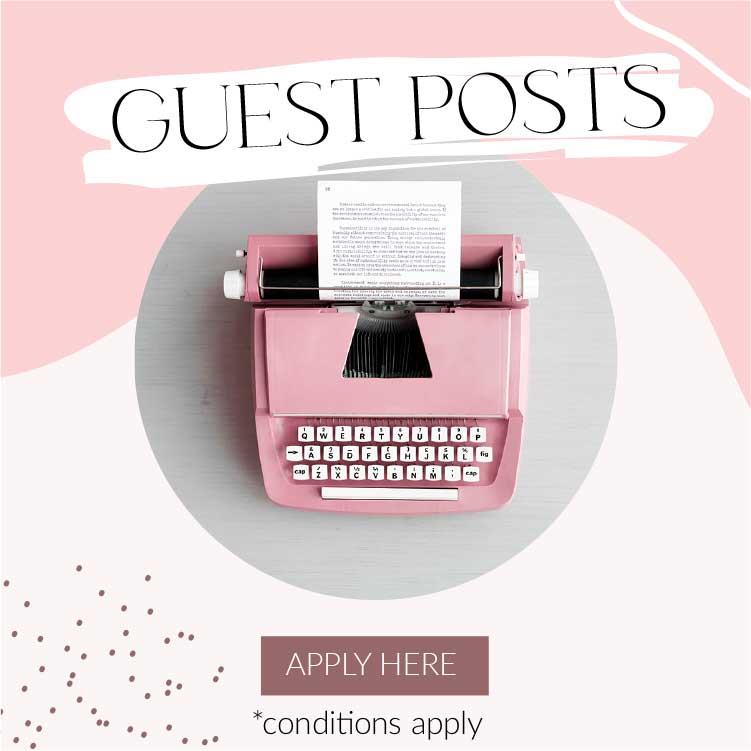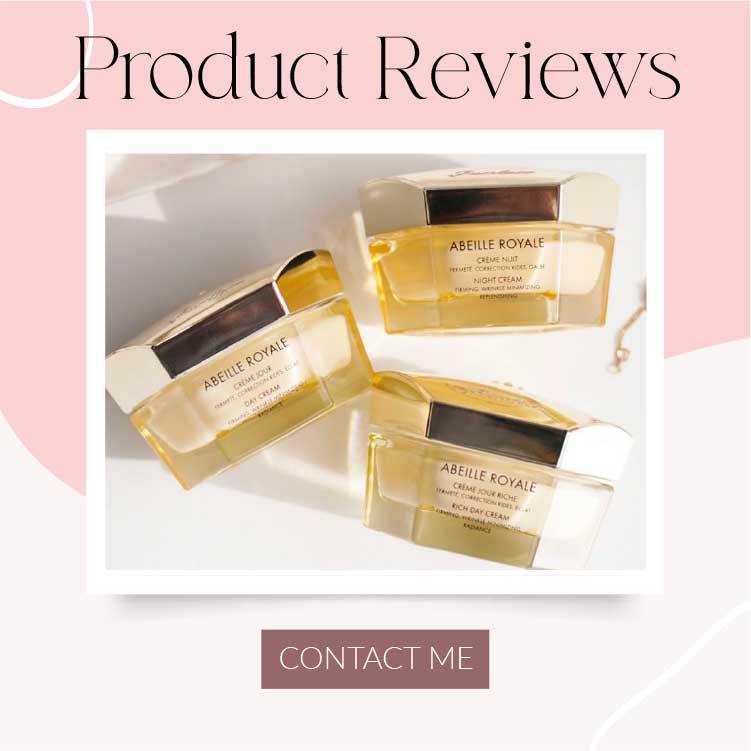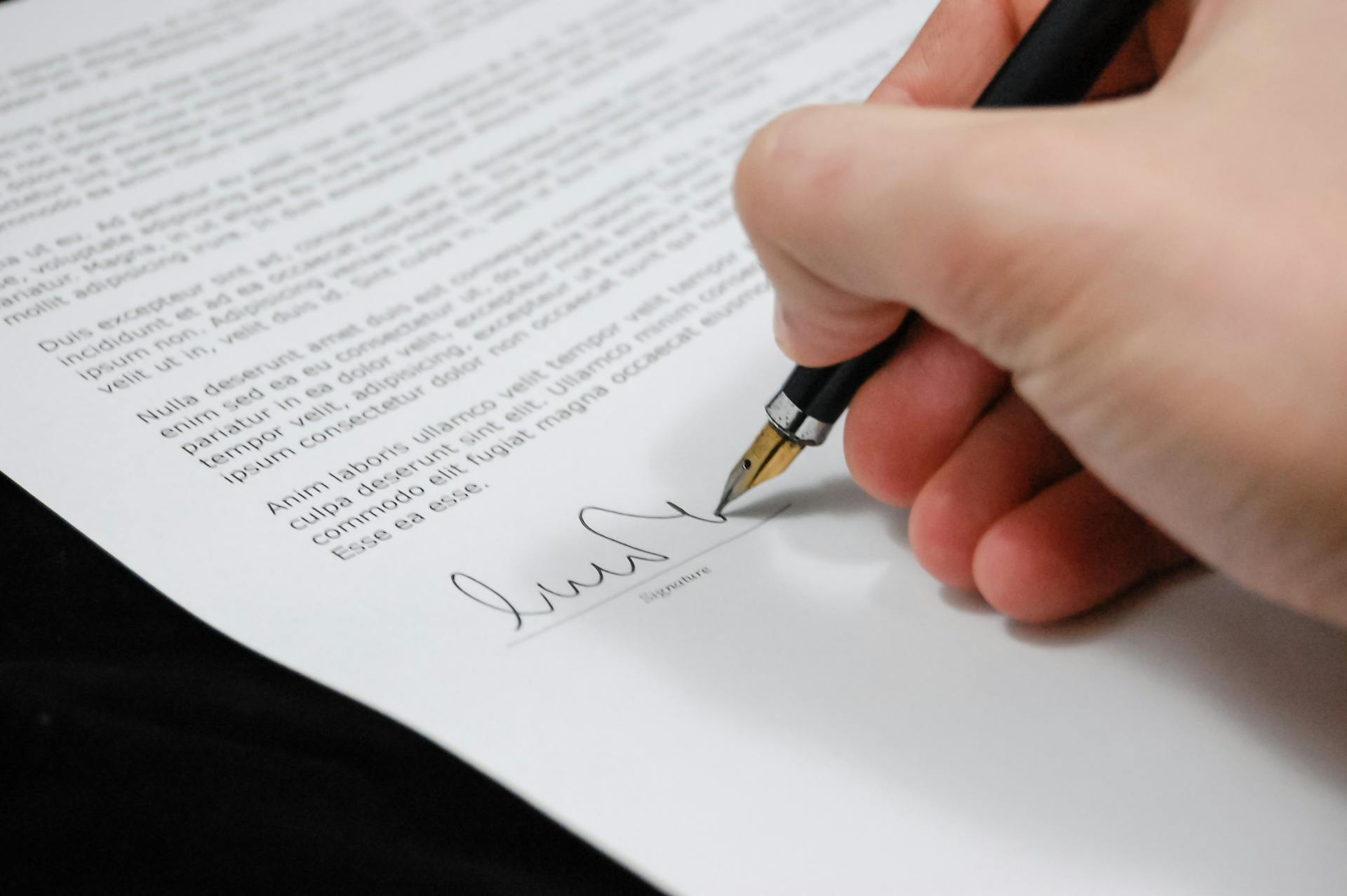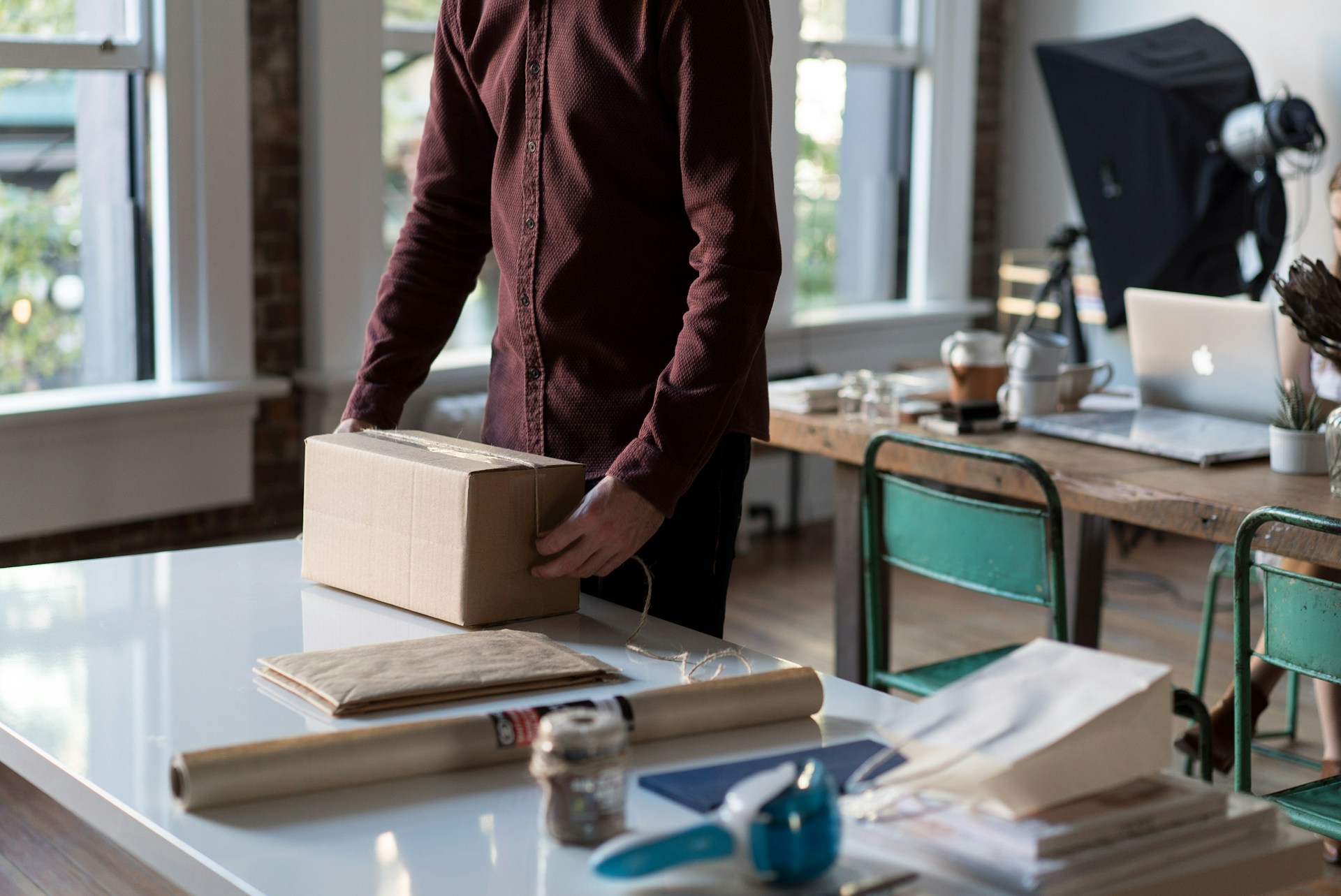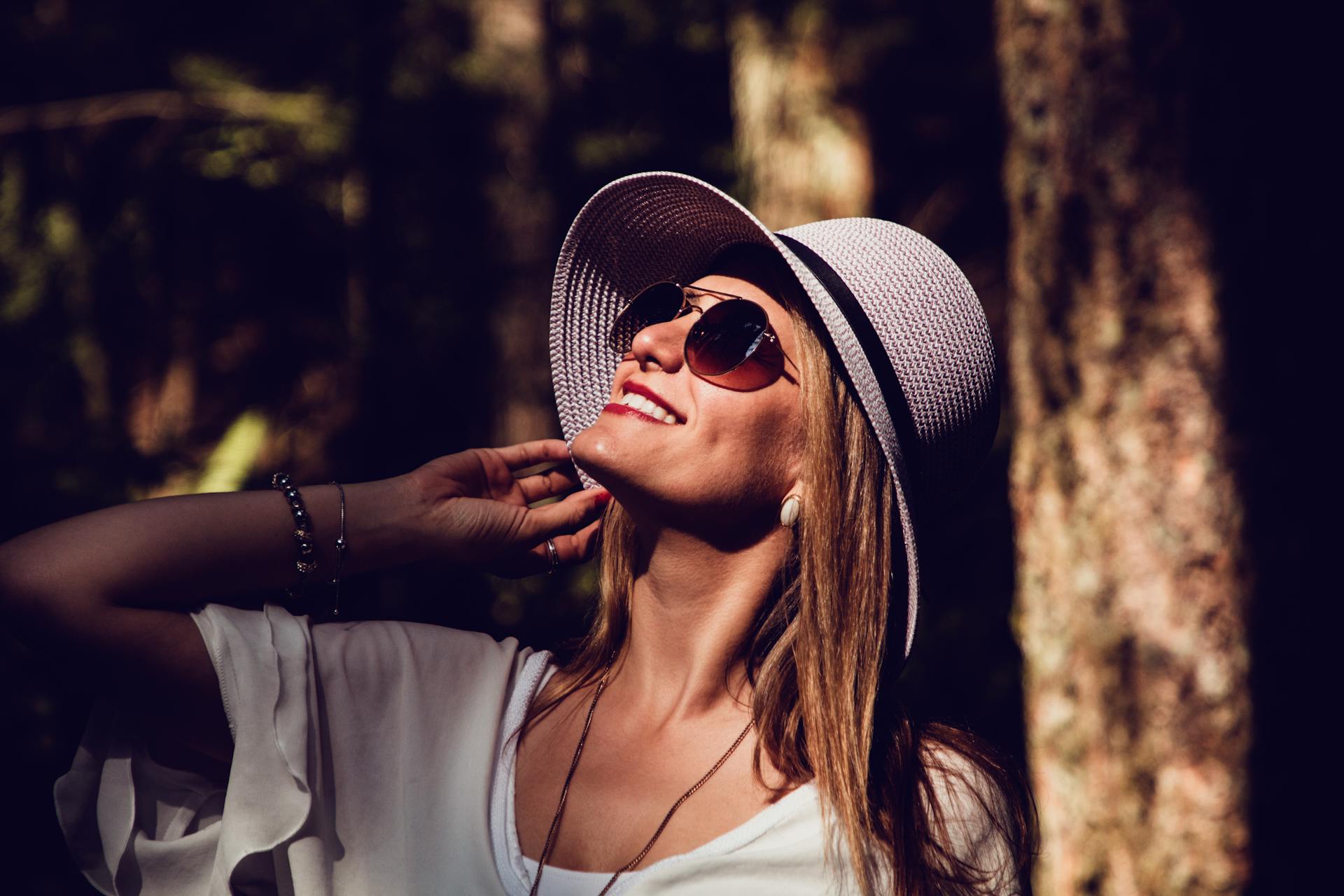Max was the son I lost to neonatal death. This is Max’s story. I wrote this piece in 2002. Apart from grammar and typos, I have kept the story as it was for me back then. Max would have been 17 this August (2017). I still have his ashes in a little gold box with a lion on the top. My ex-husband and I planned to scatter them into the water off Shark Island on the 16th of August 2018, on what would have been his 18th birthday and set him free. His 18th birthday rolled around and I just wasn’t ready to let go, so his little box is still with me.
From the feedback I have had on our story, it comes with a warning: do not read this at work, have tissues, ignore my cliches and typos. This may upset some readers as it describes the loss of my child, a story of neonatal death (death before 1 month old). If you have lost a child, there are some wonderful support programs such as the Sands helpline, available 24 hours a day, 365 days a year (including Christmas Day) by dialling 1300 072 637. If you are unable to reach a Volunteer Parent Supporter on the phone, please email your name and number to services@sands.org.au and a volunteer will ring you back.
Max’s Story
Max was conceived on Brindabella in the Huon River while we waited for a storm to clear across the Bass Strait. We were part of the crew taking Brindabella back to Sydney after the Sydney to Hobart. The rest of the crew had gone ashore in the intrepid “Fish Hunter”, an inflatable dingy of dubious buoyancy, and we had volunteered, perhaps a little too enthusiastically, for anchor watch. We played some Andrea Bocelli, and, well we could have drifted to Antarctica, and not have noticed, and Max began to form.
We lived on Eastern Hill, Manly before Max was born, near Little Manly Beach. It was a little older style apartment, with polished wooden floors, on the ground floor of a block of 5. The sunroom at the front of the flat served as an office. I was working as a freelance graphic designer from home. We had a perfect life. The day I saw that extra red line on the pregnancy test I was beside myself. I remember staring out at the flat dusk ocean, with its pink and golden light, just imagining swimming in the glassy water with my future child. Michael glowed with happiness. We thought we were the luckiest people alive.
I’d been having what were labour pains for 2 days, including in childbirth classes, and despite the regularity of the contractions, the midwives said it was fine, and sent me home. It wasn’t till I can home I felt Max’s head drop into my pelvis and my waters broke. I know it was too early. I panicked and felt this incredible helplessness.
Max was born at Manly Hospital after a brutal natural birth that neither of us was ready for, 6 1/2 weeks early. He needed ventilation and was given a substance called surfactant as his lungs hadn’t quite finished developing. His health declined overnight and was transferred from Manly Hospital to North Shore via the NETS team (neonatal emergency transport) and plugged put into intensive care. I was left in a room with a mother and a well-baby at Manly. I felt lost. I lay awake feeling hollow. I’d grown accustomed to Max’s nocturnal movements, and his painful entry and then departure was something that neither my son nor I had wanted or expected.
The problem with the public health system here in Australia is that it doesn’t give you any comfort. The night after being in labour for 17 hours, I was left in a shared room with a mother and a well, and noisy baby. I felt lost. I lay awake feeling hollow. I’d grown accustomed to Max’s nocturnal movements, and his painful entry and then departure was something that neither my son nor I had wanted or expected.
The next morning I was driven over to the Neonatal Intensive Care Unit at North Shore Hospital. I scoured the babies until I found Max. Ahhh, there he was. My shoulders dropped in relief. Oblivious to all the beeping alarms and monitors and tubes. Next to him were two twins weighing 500g each. Max was fine, I consoled myself, he’s a hefty 2.4 kg. He’ll be fine.
Max was beautiful. He had dark grey pools for eyes, much wiser than his age, a gorgeous funny nose, a tiny cupid’s bow mouth, little receding chin, small rounded ears, long arms and legs, an “outy” belly button, and the biggest flattest feet you have ever seen. I gazed at him sucking his bottom lip and yearned to hold him.

I checked into the Royal North Shore maternity ward, run by “experts” who treated me like a naughty girl at my feeble attempts to pump breast milk instead of breastfeeding my baby. My notes hadn’t made it over from Manly. I was trying to get the colostrum (that weird clear stuff that a new baby needs before the milk came in). The midwife came in like a hurricane and gave me a thorough telling off. I explained my son was in the NIC and couldn’t suckle. I also asked the admin people not to let her speak to me again.
Everyone kept reassuring me. “It’s going to be hard” I was told. “He’s in the best place”. I could deal with “hard”, but I didn’t want to deal with “impossible”. For the next few days, I sat on the uncomfortable stools staring at Max, willing him to get better. We even attempted breastfeeding. Max loved the idea of feeding. The minute I held him to my chest, he’d listen intently, then fall sound asleep for hours. I would watch each heartbeat and breath on the monitor above my head and see it become so regular and calm.
Despite this, he didn’t seem to be getting any better. He was jaundiced. His bilirubin levels were higher and climbing, so he was put under UV lights for 2 days. I joked about the tan from his holiday in the Bahamas. It was so easy to become used to all the machines. I accepted them as part and parcel of motherhood.
The neonatologist detected a heart murmur and noted some abdominal swelling. X-rays were done and the cardiologist was called to see him. The x-rays revealed Necrotising Enterocolitis, which basically means the death of the bowel. On the strength of this and the distant possibility of surgery, we received a 6 am phone call informing us of the probable transfer to the New Children’s Hospital at Westmead. Mike and I raced up to the hospital, arguing about the car keys, and arrive to find Max reventilated. After getting so excited about the fact that he was stable it hurt so much to see him back in the critical care section with tubes in his nose and throat, and a cannula sticking out of his foot and wrist.
The cardiologist finally arrived and after viewing Max’s heart on an ultrasound monitor, “huddled” with the neonatologist. My heart sank. My back went hot, and my hand prickled with fear as we followed him into the “interview room”. I later renamed this room with its gentle eighties décor and table lamps, the “bad news room”. The cardiologist diagnosed tetralogy of Fallot, a serious but generally operable heart defect. I heard his voice as if he was speaking in a tunnel, very far away. It was my worst nightmare. I clung to Mike’s hand and felt like I’d failed. It was decided that Max needed the facilities at Westmead Children’s Hospital.
The trip to Westmead was horrible, he was so tiny, only two and a half kilogrammes. It broke my heart to see my tiny son in the daylight. He was so pale and yellow and hooked up to so much equipment. As we wheeled him out of Maternity there was a family group assembled on the lawn. Their baby daughter was being “turned off” that afternoon. My heart started to break as I saw our future.
The mother of the baby looked at me and smiled a sad, desperate but defeated smile. Her family held and hugged. I glanced back at Max and wanted to rip all the tubes and wires off and run away with my son. It was all so much beyond my control.
On arrival at Westmead, Mike and I followed the surgeon and the neonatologist into another pale aqua and beige “interview room”. We were told his condition looked severe enough to require surgery, but the doctors felt positive about the outcome. Holding hands we followed the procession of beeping and chiming machines and doctors surrounding our tiny son to the theatre, kissed him good luck and waited.
My mobile rang after only an hour, my heart raced and I felt sick and clammy. It was too quick. My instincts told me this was a bad sign. The surgeon’s face told me all I needed to know. Once the surgical team opened Max up, they had discovered so much dead bowel seventy-five per cent of the tissue had to be removed. This left him with just 36cm intestine. A baby needs at least 50cm to absorb water and nutrition. My heart sank. They told us he had a 50/50 chance of long-term survival. His chance of breastfeeding was nil. I still pumped and pumped as my milk production was in full swing. It was the only thing I could do and feel like I was helping. They didn’t have breast milk banks back then so the milk just sat in the freezer.
This was the first time that Mike and I were given the choice as to whether to continue treatment (i.e. were we ready to let go yet?). If we chose not to continue treatment, he would die within two or so days, and if we did continue there were no guarantees; they didn’t know. Mike and I met with our entire extended family to discuss the options. If he survived he would have to spend between 1 – 3 years in hospital on IV nutrition which can cause liver disease. I was also told that he would be given some of my milk through a nasogastric tube to try and encourage his intestinal growth, which was his only chance of long-term quality of life.
For us, there was no choice. Fifty-fifty was the toss of a coin each day. We elected to give him the chance to fight it out this time. We also had to consider his cardiac surgery in about six months. My instincts told me that he would not make it. Mike, the eternal optimist, never suspecting the situation could end any other way than ideal. That is his strength. I am a pessimist and expect the worst so I don’t get disappointed.
Over the next few weeks, we talked to him and cuddled him (all the wires and tubes made holding Max difficult, it was like looking at the back of a stereo). It was incredible how easily we adapted to each obstacle. We cared for him (washed him, cleaned his eyes, mouth and nappy. I negotiated the wound that extended from one end of his tummy to the other and learned how to change a miniature stoma bag. I fed him limited amounts of my expressed milk through a nasogastric tube. I think I expressed a record amount of milk over this period.
Mike was working for SOCOG in the props department for the opening and closing ceremony of the Olympics, so was very busy during the day, spent his nights with me at the hospital. I think this was good for Mike.
Mike and I were offered a place at Ronald Macdonald House, for families of sick kids, usually from the country or from low-income families, because our home was so far from the hospital to be close due to his condition, but our extended family helped us lease a unit in Westmead, about 500 metres away from the hospital and gave notice on our Manly flat. I walked back and forth to the hospital more times than I can remember. I was on automatic pilot. I was averaging about 3 hours of sleep a night, and basically, my day consisted of waking at 7, dressing, expressing milk, walking to the hospital, my mum in tow, charging up the long hallways, up 2 flights of stairs, down another long corridor, putting my milk from the previous night and morning in the freezer, and racing to care for Max.
I would interrogate the doctors on the ’rounds’, hanging onto every morsel of information, struggling to understand the terminology, looking at the monitors and hoping. I put chocolates by Max’s crib to encourage the nurses to look in on him. Bribery works wonders. I would then “do his cares”, cuddle him go home, and repeat this process about four times a day. I had given birth a week before. I did this for four solid weeks and treasured every second.
There was just no denying that Max got yellower and yellower and was declining, and the neonatal team started to do tests for liver functions and diseases. I knew I was going to lose him now. My fears were confirmed when he was prematurely diagnosed with Allagilles Syndrome, a rare but serious genetic condition. Mike and I were asked again to decide if we wanted to continue “treatment”. To continue treatment meant keeping him alive with tube feeding and watching him suffer and decline every day. Delaying the inevitable and would result in neonatal death.
Max had a less than 1% chance of long-term survival and no quality of life. His broken little body had a sick liver, which on a normal healthy baby, a transplant would be needed. Max was not healthy and I was told “not a candidate” as his heart needed surgery and his gut was 14cm too short. The genetic tests actually came back and he had 22q11.2 Deletion Syndrome, which had a worse outcome had he survived. I sometimes wonder if I did the right thing, to remove the tubes and machines. Maybe a miracle would have happened. But I 90% know as a loving parent looking down the barrel of a suffering child, I made that decision out of pure love. I wanted to keep him alive on machines, by any means. But he was suffering. I couldn’t watch it get worse. I hated being in the hospital with him. I wanted him out of there.
During this whole time, however, I like to believe that Max learnt to smile, sucking and loved “kangaroo cuddles” (skin to skin contact cuddle under a shirt). He would look up at us with those searching eyes and it melted us. The day of the final diagnosis, Mike had to work, so I had to watch when they put this metal device in Max’s eye to see if there were tell-tale signs of a particular genetic anomaly and there they were. Max was screaming and I was sobbing “get that out, get it out!”. That memory particularly sticks in my memory as it was just not something any mother should watch. He also had x-rays to confirm “butterfly shaped” vertebrae, another signifier of the genetic anomaly. It was confirmed that he had these particularly shaped vertebrae.
We had only one option. To stop the suffering we told the doctors to discontinue treatment. I always wonder if I did the right thing that day, but I would have only been keeping him alive would be for us and it wasn’t the right thing to do. I wanted to take my baby home to die a neonatal death. If he died a day later we would have had to go through an autopsy as it would have been classed differently.
The neonatal team packed him off to surgery. The central line in his chest for feeding was removed and the doctors inserted a nasogastric tube. We were given a bottle of morphine, a bag of syringes and nappies.
Our family watched helplessly as we bundled him up, carefully placed him in the safety capsule we had to have installed in our tiny car, and drove him back to Mike’s parent’s house. Max was in the back seat, with us in the front. I looked around at him and saw that he wasn’t breathing (or that I could see). Realising that he might have died or already be dead, I jumped out of the car and into the back seat. We stopped at a red light and, and held Max on the head and whispered “Not now, don’t go yet” over and over again. In the background, I could hear a car beeping. The car behind was yelling to “move it”. Max was fighting to stay with me. That too has stuck with me – a profound moment when I get irritated in traffic, I remind myself that I don’t know what is going on in the person’s life.
Our extended families gathered at Greenwich to meet us. It was bright, very noisy and cold in the back room. Max started struggling for breath again, gasping for air, his body convulsing. I grabbed him and told him I loved him. Mike and I took him into the living room, which was warm and dark and quiet. He relaxed and began breathing softly through his nose.
Whenever I held him his breathing settled down. At other times is was gurgly and raspy. A number of times he went through 30 seconds of no breath when we thought we’d lost him and we’d tell him over and over again we loved him. He’d suddenly startle us with an almighty gulp of air and a yelp. We cried and told him it was OK to stop fighting and he was safe at home.
The family in the rest of the house consoled themselves with a lot of wine and got very noisy. As we had moved Max into the quiet sanctuary of the front room living room, we could just hear a muffled dim. After everyone had either gone home or to bed, the house was very still. I was very tired and my arms were aching from holding Max for hours, so we put the bassinet on the coffee table and tucked Max in it, making him a little nest the way that the nurses had shown us. Max fell asleep. Michael suggested that I get some rest, so I dozed on the sofa.
At about 12.30 am, Max opened his eyes briefly and kept his grip on Mike’s finger, saying with his lack of breath and his eyes that he was leaving us. Mike woke me up saying “Di, I think it’s time”. (I think he’d already left the building, but Mike’s always maintained Max was in my arms when he died) and I pressed him to my chest crying “no”. We kept waiting for that next gasp for life, but it didn’t come. We called the doctor to confirm his death. She came and pressed the stethoscope to his chest, listened quietly for a minute. She sighed, lifted her head, looked us both square in the eyes and said: “yes, he’s gone”.

The next day, our friends and family filtered through the house to say “good-bye”, and some saw him for the first time. He looked like a china doll, wrapped up in the antique white cane bassinet. At about 6.30 pm, the funeral director sent a car to pick him up, and we said our last good-bye before zipping up the specially made bassinet and watching the blank station waggon disappear around the corner, with our special angel in the back. He looked so small in the extra-long black car. We discussed his service with a lovely woman, Leigh, who arranged everything for us. We chose a tiny white coffin, a waterside service, the music, “These Days” by Powderfinger, “Protection” by Massive Attack and “Time to Say Goodbye” by Andrea Bocelli. Mike and I went over to the funeral director’s chapel to decorate the coffin with silver boats, hearts and flowers. This was a labour of love. It looked beautiful. When I first saw the tiny coffin I was inconsolable. It was so tiny. It took every ounce of my strength to touch it, let alone “own it” by painting it. Decorating it was helpful, as I was able to channel my energy into something.
About 150 people came to Max’s good-bye service. The location was just beautiful. Mike’s aunt and uncle had kindly allowed us to use their stunning home on the river at Longueville to say goodbye by the water, and release blue balloons. A friend, Paul, played the acoustic guitar when people were arriving. There was a table under a tree on a grassy flat next to the water, and our family and friends spread around us, spilling up onto the terraces of the garden. Mike and I both spoke and so did my mother and ex-stepmother. It was the first time I experienced dry mouth from nervousness. The anxiety I felt that day was astronomical and I honestly don’t think I ever got over how hard that day was.
A baby not “making it” is not what I had planned as part of my fairytale ending. I did everything by the book during my pregnancy. I ate well, didn’t smoke, had one glass of wine at our wedding on Shark Island in March, swam every day, did prenatal yoga, read all the right books. These things were completely beyond my control.
However, Max was a blessing, as short as his life was, and through help from a special doctor who was very knowledgeable about neonatal death, we kept going. I have heard somewhere that 90% of parents who lose a child split up. I’m glad we were the 1 in 10. I have tried to live by the philosophy of not taking things for granted, to greet every day as a blessing and that it is only through the loss of something that we can truly appreciate its value.
Seventeen years later, I still feel the loss of his neonatal death profoundly. I feel the loss of potential. I remember his expressions: frowns, smiles, his finger sucking, and his stubborn refusal to have his nappy changed, but mainly his fighting spirit. All our friends and family remember that little coffin, and his little black and white photo on the order of service. He was on a lot of people’s fridges for a long time. Max’s loss reminded all of us to treasure what we have and to be thankful for our happy healthy children. Max still exists in the minds and hearts of everyone who met him or heard about him, and that is his legacy.


Mike and I were married for 18 years, separating in 2018, the year Max would have reached 18. We now have our gorgeous 20-year-old Charlie who is the love of my life and has always known she had a big brother Max.

